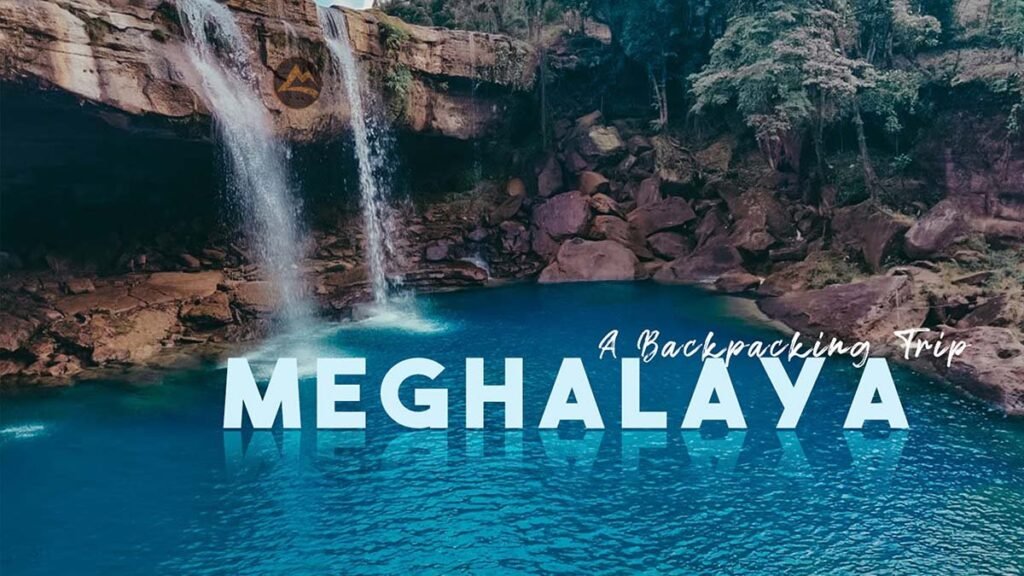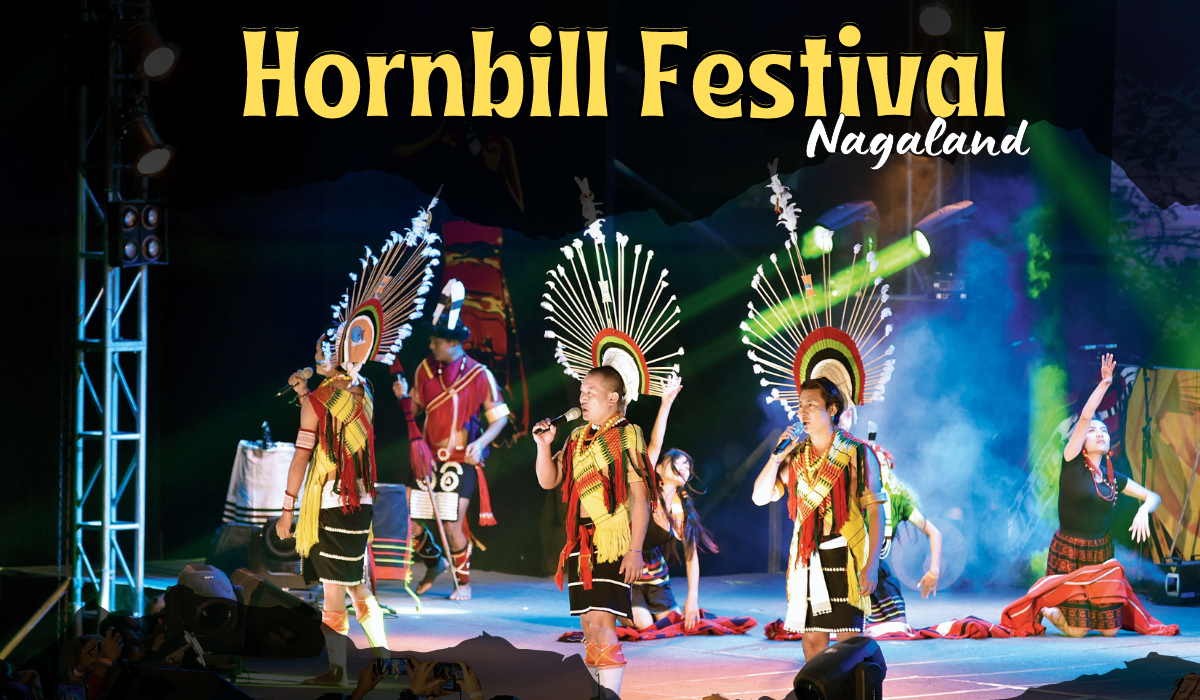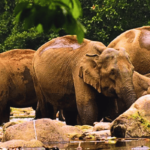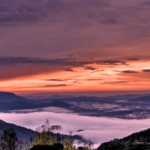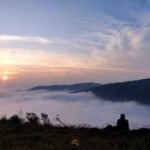Dzukou Valley stands as a hidden gem in the North-Eastern region of India, situated on the border of Manipur and Nagaland. Despite being a relatively undiscovered area in India with limited information available, there exists significant potential for travelers to relish the unspoiled beauty of this locale. In this post, We will provide insights on how to embark on the Dzukou Valley trek independently, highlighting specific points for your attention.
- What is the Best Time to visit Dzukou Valley ?
- How to Reach Dzukou Valley?
- Things to carry to Dzukou Valley?
- Accommodation at Dzukou Valley
- Food options available at Dzukou Valley
What is the Best Time to visit Dzukou Valley ?
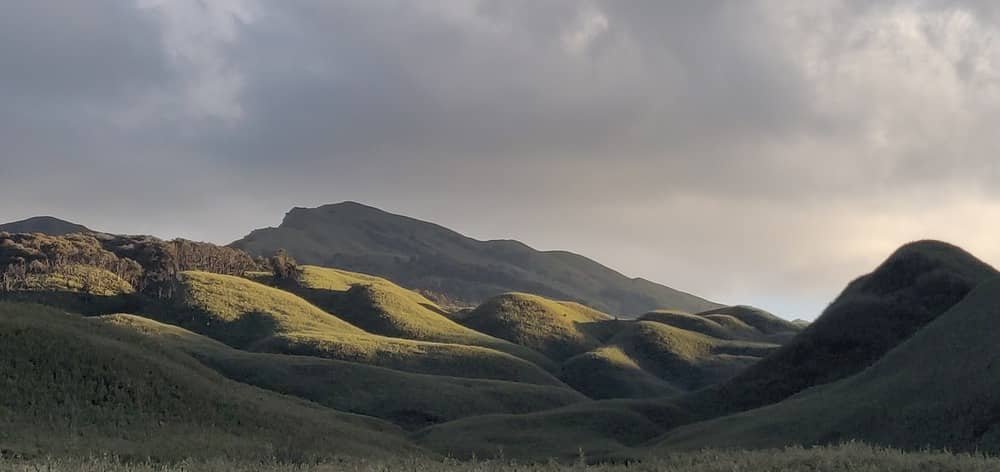
To witness nature’s masterpiece adorned with vibrant wildflowers, plan your visit from April to September—the blooming season—while the winter season from October to March showcases a different kind of stark beauty.
The best times for offbeat tourists are from October to May, the drier seasons of summer and winter, eliminating the presence of leeches. The two driest periods, summer (April to May) and winter (November to March), offer a visual treat to visitors.
Monsoons bring the endemic Dzukou Lily, Aconitum, Euphorbia, and multi-colored Rhododendrons, turning the valley into a floral paradise. However, caution is needed during the monsoon, as trails become muddy and slippery, and leeches are abundant.
The winter season, from October to March, showcases a different facet of Dzukou Valley, with temperatures dropping and the landscape transitioning to straw-colored hues. Delicate ice crystals form, freezing rivulets during the night and creating a surreal frost-covered scenery. The valley, less crowded than other scenic spots in the Seven Sister States, remains undiscovered by many global travelers, making any time of the year ideal for a trek through its serene beauty.
How to Reach Dzukou Valley?
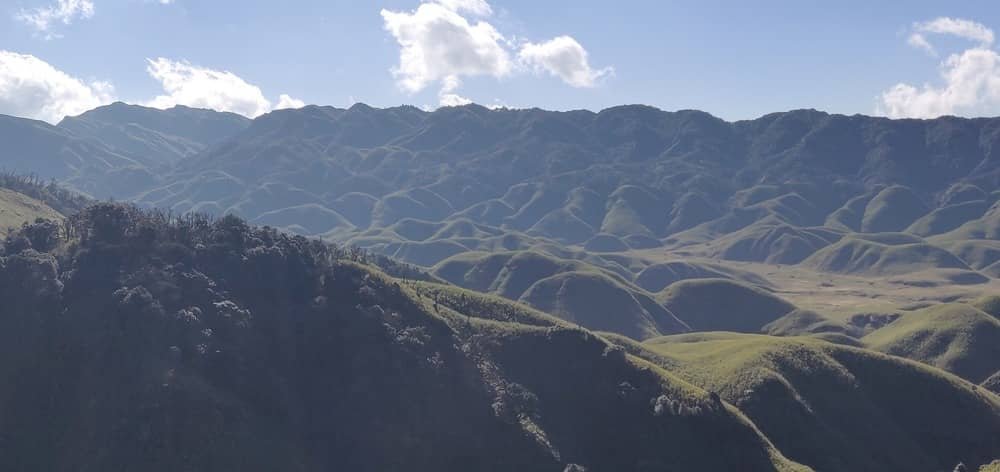
Dzukou Valley is conveniently accessible from Kohima, the capital of Nagaland. To reach this picturesque destination, you need to initially arrive at Dimapur and then proceed by road to Kohima. The valley can be approached from two towns, Jakhama and Viswema, both serving as base camps for the journey. Jakhama is situated approximately 20 kilometers from Kohima, while Viswema is around 25 kilometers away. Shared taxis are readily available, allowing you to reach either town within an hour. From these towns, the journey to Dzukou Valley involves a trek.
Viswema Trail : For those taking the Viswema route, an 8-kilometer drive on a motorable road leads to the Dzukou Valley trek point. The trail then ascends gradually, requiring a three-hour hike along the trekking track. Taxis or cabs can be rented from the highway to the end of the motorable road. Upon reaching Viswema, a 45-minute trek along the path takes you to the starting point of the valley, featuring a resting area for a leisurely lunch break. A two-hour nature stroll within the valley concludes at a charming rest stop.
Jakhama Trail: On the other hand, approaching the valley from Jakhama presents a more challenging route, ideal for adventure seekers. This path involves a steep, rugged stone route that demands physical endurance. Travelers ascending from Jakhama can take a 4-kilometer motorable route, followed by a 5-hour adventurous hike through the rugged terrain. Eventually, this walkway connects with the Viswema trail, providing an alternate descent route from the valley.
Things to carry to Dzukou Valley:
- Pack comfortable track trousers and tees to stay warm during the ascent.
- Include a jacket for chilly evenings, especially after sunset, and consider bringing a raincoat for sudden downpours common in the area.
- For a successful trek, ensure you have a sturdy pair of trekking shoes.
- Bring power banks for your electronic devices, as electricity is not available after sunset. Also, carry a torch for illumination.
- Carry quick or packaged foods, and consider bringing light munchies. Note that the snack shop upstairs may have items at higher prices.
- Individuals prone to motion sickness should bring appropriate treatment.
- Always have a personal first-aid kit on hand.
- Keep a sanitizing spray, such as pee spray, readily accessible.
- Don’t forget to pack sanitizers and soaps, and use sunscreen to protect your skin from burns.
Accommodation in Dzukou Valley
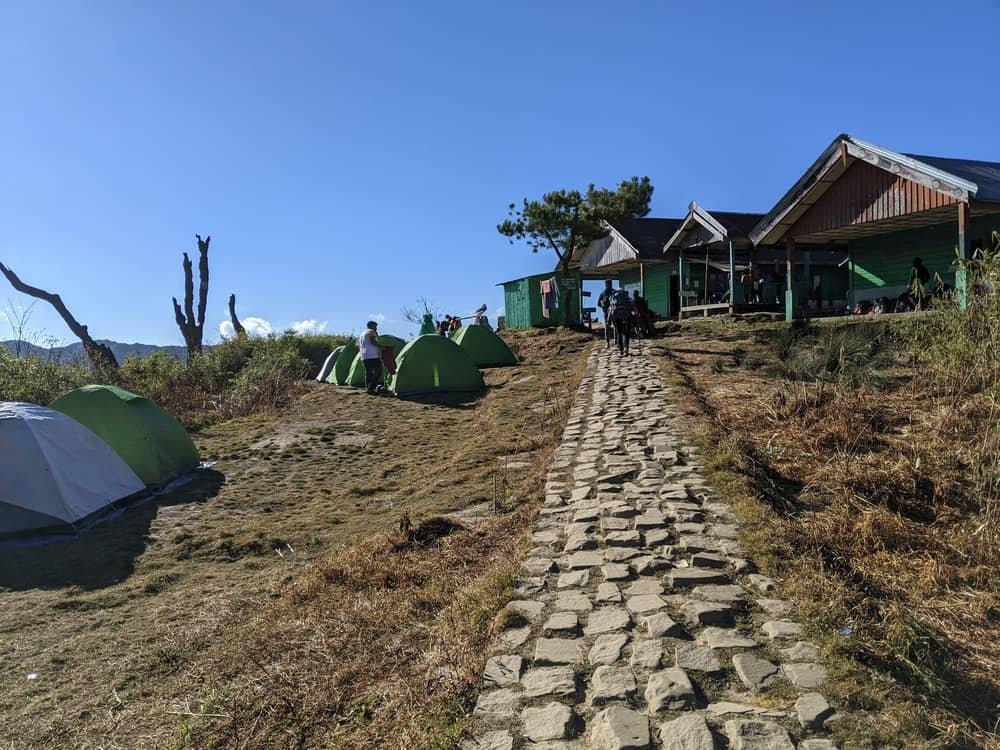
A basic house with a view of the valley provides accommodation, featuring two dormitories and five private rooms with minimal amenities. It is advisable to bring your own mattress to avoid regrettable choices in terms of comfort.
The dormitory accommodation is priced at 50 Rs per person, while the private rooms are available for 300 Rs per room. Additional charges apply for mattresses, blankets, and pillows. Simple breakfast and dinner options are also offered.
For those equipped with proper camping gear, Dzukou Valley offers excellent camping opportunities. Numerous natural campsites are scattered throughout the valley, with the primary site located at its center and others sheltered by small caves. Camping is permitted anywhere within the valley upon payment of the park entry fee. The valley is a favored camping destination for local tourists, and during our visit, numerous groups had established camps throughout the area. Politely inquiring may even allow you to join one of these camps if you wish.
Food options available at Dzukou Valley
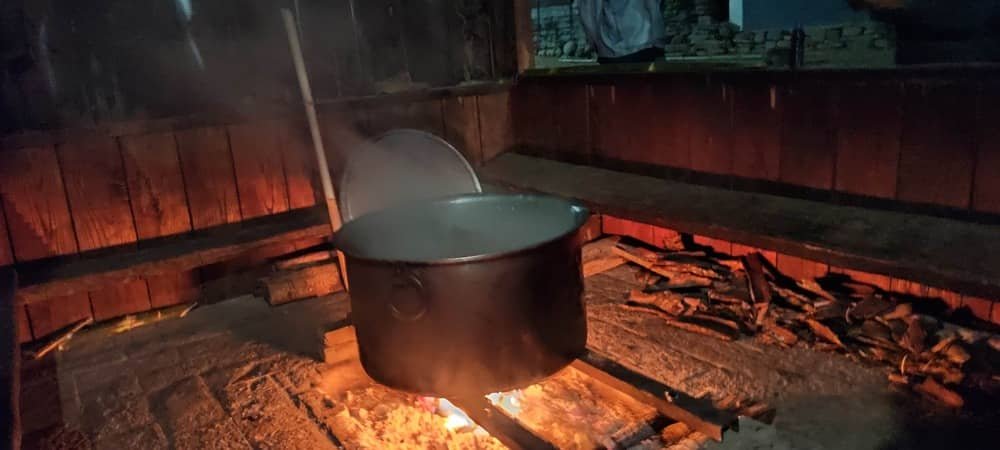
While Dzukou Valley is known for its pristine natural beauty and trekking experiences, there are limited options for cafes and restaurants directly 15 kms away from the valley due to its remote and untouched setting. However, you can have food at the guest house.
The guesthouse offers a delectable dinner consisting of rice, dal, and fried potatoes at a reasonable price of 200 rupees per generous serving. While some snacks like Maggie are available at a slightly higher cost. We recommend bringing your own snacks or meals for the journey.
North East Trips
Author - Shirky
Shirky is a passionate traveler, He keeps exploring the world and sharing his experiences through captivating storytelling. Through his leadership, Muddie Trails has become an advocate for responsible travel, leaving a positive impact on both the environment and the local communities.
Dandeli Tour Packages, Munnar Tour Packages, Gokarna Murudeshwar Honnavar Tour, Kodiakanal Tour Packages , Kotagiri and Conoor Tour Packages, Coorg Tour Packages, Ooty Tour packages, Wayand Tour Packages, Chikmagalur 2 days tour packages, Agumbe Tour Packages, Malvan Scuba Diving, Coorg Long Weekend Tour Packages, Mulki Kayaking Packages.
Sikkim Tour Packages(6D/5N), Nagaland Tour Packages with Dzukou Valley, Meghalaya Tour Packages(No Trekking), Hornbill Festival Tour With Dzukou Trek- Nagaland (6D/5N), Nagaland Backpacking Trip With Dzukou Valley Trek (6D/5N), Meghalaya Backpacking Trip(6D/5N), Tawang Backpacking Trip (7D/6N), Sikkim Backpacking Trip (6D/5N), Tawang Private Trip, Kaziranga National Park Safari (2D/2N),
